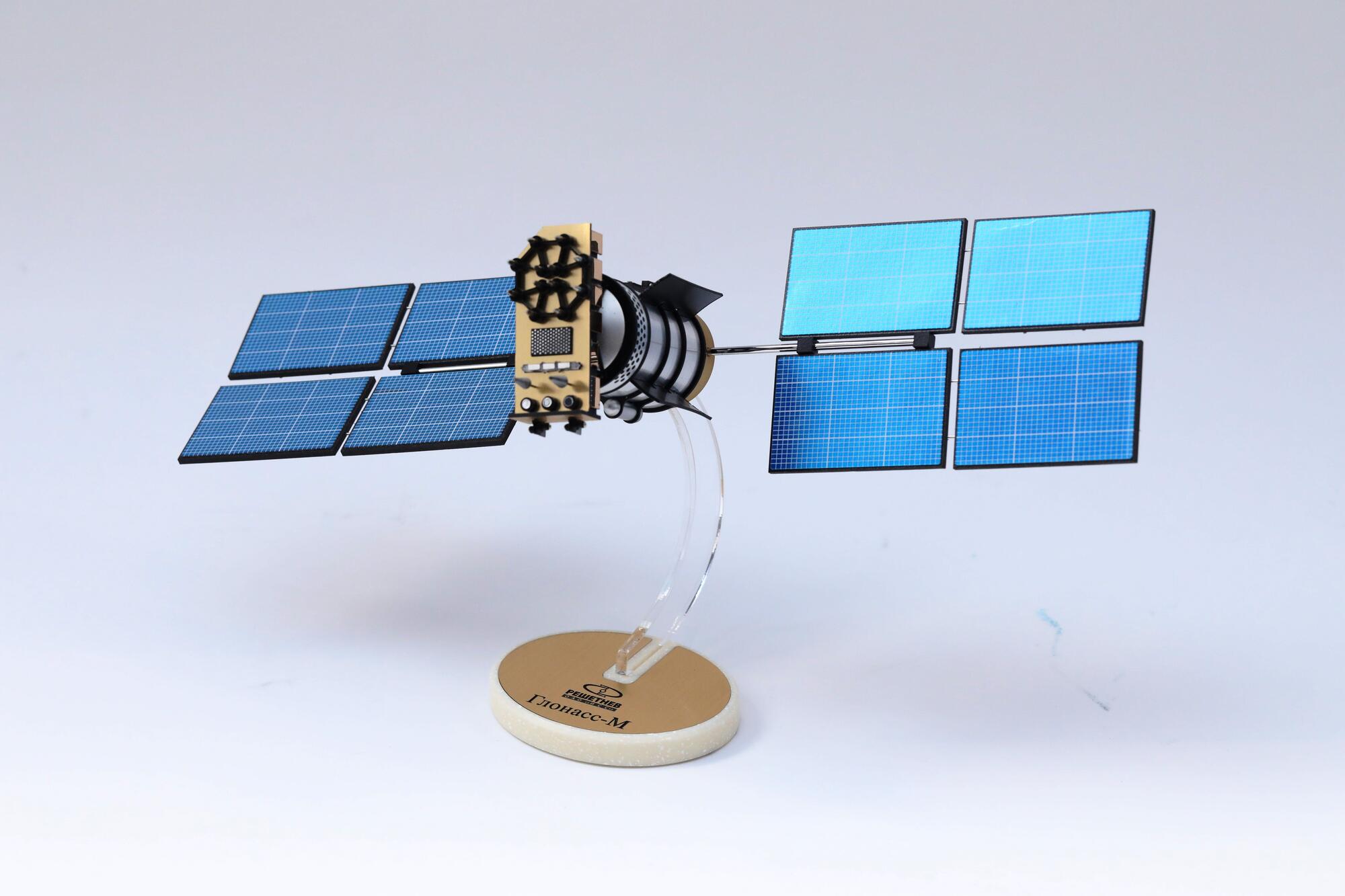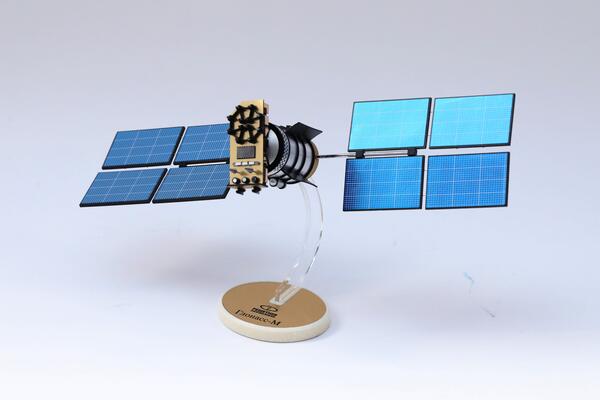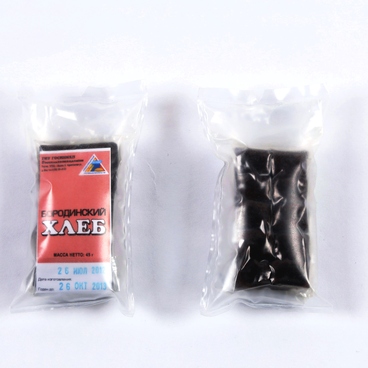GLONASS-M is a Russian telecommunications satellite, one of the second generation of GLONASS (the Global Satellite Navigation System) satellites. Satellites of this type are used to determine the geographical coordinates of locations or vehicles land, in the air or in the water, and, if moving, their speed and direction. Satellite navigation systems are based on the precise measurement of distances from the moving object (which must carry a satellite signal receiver) to the three or four nearest navigation satellites — which are in a fixed position, and the coordinates of which are known. The satellite navigation system includes infrastructure on the ground (management and monitoring systems) as well as a group of satellites (normally 24 in number). Such systems are widely used in both the military and civilian sectors, including for the purposes of geodesic research, traffic monitoring, emergency response (for which a special system — ERA-GLONASS has been developed) and determining the location of individuals.
The world’s first satellite navigation system, NAVSAT (Navy Navigation Satellite System), was developed in the 1960s in the USA, and was originally used mainly to support the US Navy, before later on being adapted for civilian purposes. In the 1970s, the USA started work on the creation of the Navstar Global Positioning System, or GPS. The system’s the 24th satellite was launched in 1993, 24 is the minimum number required for the system to be fully operational. In the 1960s, the Soviet Union also started work on developing its own satellite navigation system. The Applied Mechanics Design Bureau, located in the closed city of Krasnoyarsk-26, in the USSR (now Information Satellite Systems named after M.F. Reshetnev JSC, Zaleznogorsk) was entrusted with this project. It was there that the first Soviet navigation systems — Tsiklon, Tsikada, and Parus were developed.
In 1976, work began on the development of a new generation system — GLONASS. At the beginning of the 1990s the system was approved for use, but it was abandoned by the end of the decade, because of reductions in the number of satellites that were in orbit. In 2001 a Federal Target Program for the revival of the GLONASS satellite network project was approved — this was seen as essential in order to ensure Russia’s autonomy in relation to navigation technology.
The satellites are launched into orbit from two cosmodromes: Balkonur (by the Proton-M launch vehicle) and Plesetsk (by the Soyuz-2.1b launch vehicle).
This model of the GLONASS-M satellite, together with models of other satellites, was donated to the museum by the manufacturer especially to mark the opening of the Children’s Space Center in Kirov.
The world’s first satellite navigation system, NAVSAT (Navy Navigation Satellite System), was developed in the 1960s in the USA, and was originally used mainly to support the US Navy, before later on being adapted for civilian purposes. In the 1970s, the USA started work on the creation of the Navstar Global Positioning System, or GPS. The system’s the 24th satellite was launched in 1993, 24 is the minimum number required for the system to be fully operational. In the 1960s, the Soviet Union also started work on developing its own satellite navigation system. The Applied Mechanics Design Bureau, located in the closed city of Krasnoyarsk-26, in the USSR (now Information Satellite Systems named after M.F. Reshetnev JSC, Zaleznogorsk) was entrusted with this project. It was there that the first Soviet navigation systems — Tsiklon, Tsikada, and Parus were developed.
In 1976, work began on the development of a new generation system — GLONASS. At the beginning of the 1990s the system was approved for use, but it was abandoned by the end of the decade, because of reductions in the number of satellites that were in orbit. In 2001 a Federal Target Program for the revival of the GLONASS satellite network project was approved — this was seen as essential in order to ensure Russia’s autonomy in relation to navigation technology.
The satellites are launched into orbit from two cosmodromes: Balkonur (by the Proton-M launch vehicle) and Plesetsk (by the Soyuz-2.1b launch vehicle).
This model of the GLONASS-M satellite, together with models of other satellites, was donated to the museum by the manufacturer especially to mark the opening of the Children’s Space Center in Kirov.



